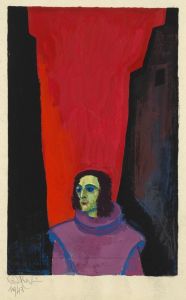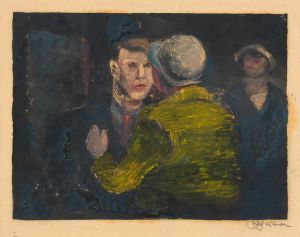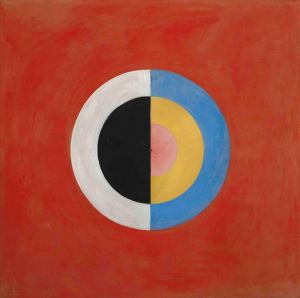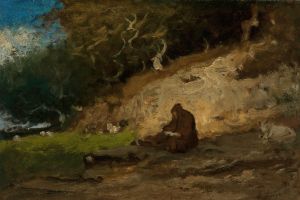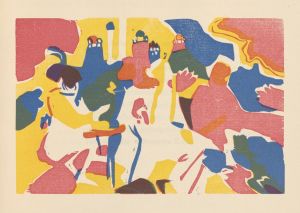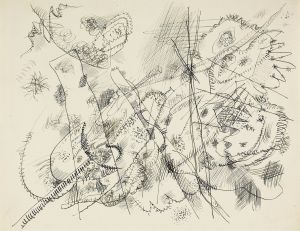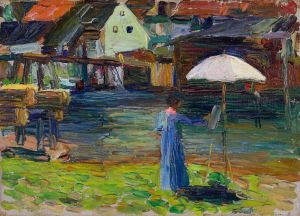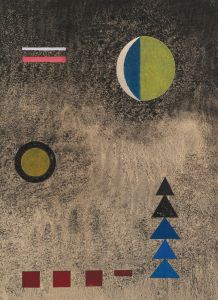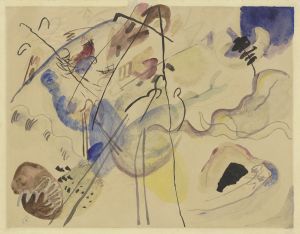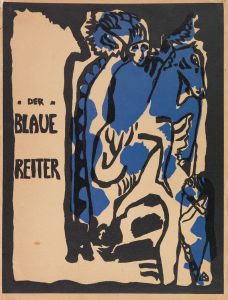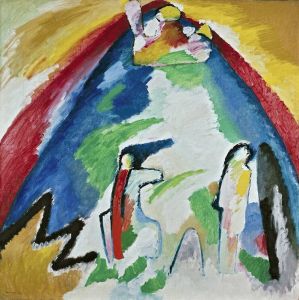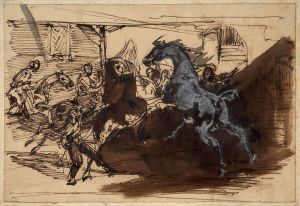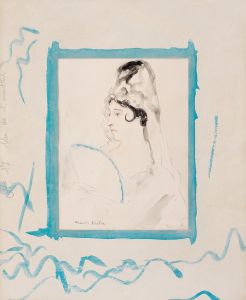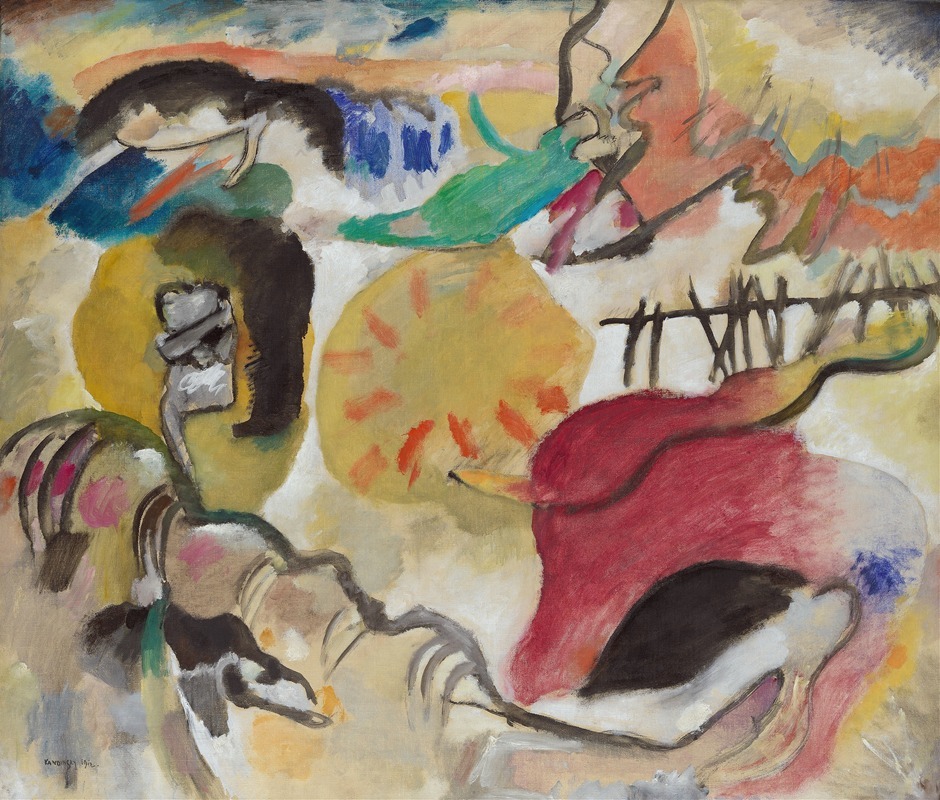
Improvisation 27
A hand-painted replica of Wassily Kandinsky’s masterpiece Improvisation 27, meticulously crafted by professional artists to capture the true essence of the original. Each piece is created with museum-quality canvas and rare mineral pigments, carefully painted by experienced artists with delicate brushstrokes and rich, layered colors to perfectly recreate the texture of the original artwork. Unlike machine-printed reproductions, this hand-painted version brings the painting to life, infused with the artist’s emotions and skill in every stroke. Whether for personal collection or home decoration, it instantly elevates the artistic atmosphere of any space.
Wassily Kandinsky's Improvisation 27 is a painting created in 1912, during the artist's pivotal period of experimentation with abstraction. Kandinsky, a Russian-born painter and art theorist, is widely regarded as one of the pioneers of abstract art. His works during this time reflect his interest in exploring the emotional and spiritual resonance of color and form, moving away from representational imagery.
Improvisation 27 belongs to Kandinsky's series of "Improvisations," a term he used to describe works that were spontaneous and intuitive, often inspired by his inner emotions rather than external reality. This series is distinct from his "Compositions," which were more meticulously planned, and his "Impressions," which were based on direct visual experiences. The "Improvisations" reflect Kandinsky's desire to create a visual language that could evoke feelings and ideas without relying on recognizable objects or scenes.
The painting is executed in oil on canvas and is characterized by its dynamic composition, vibrant colors, and bold, sweeping lines. Kandinsky's use of color in Improvisation 27 is particularly striking, as he believed that colors had inherent spiritual qualities and could evoke specific emotions. The work features a complex interplay of shapes and forms, with no clear narrative or subject matter, inviting viewers to interpret it based on their own perceptions and emotional responses.
Kandinsky's artistic philosophy was heavily influenced by his interest in music, which he saw as the most abstract of the arts. He often drew parallels between painting and music, aiming to create "visual symphonies" that could resonate with viewers on a deep, intuitive level. This approach is evident in Improvisation 27, where the arrangement of colors and forms seems to mimic the rhythm and harmony of a musical composition.
The painting was created during Kandinsky's time in Munich, where he was a member of the influential art group Der Blaue Reiter (The Blue Rider). This group, which he co-founded with Franz Marc, sought to promote modern art and explore the spiritual dimensions of artistic expression. Kandinsky's work during this period was also informed by his theoretical writings, particularly his seminal book Concerning the Spiritual in Art (1911), in which he articulated his belief in the transformative power of abstract art.
Today, Improvisation 27 is recognized as an important example of Kandinsky's early abstract style and his contributions to the development of modern art. The painting is held in a public or private collection, though specific details about its current location are not provided in available historical records.





